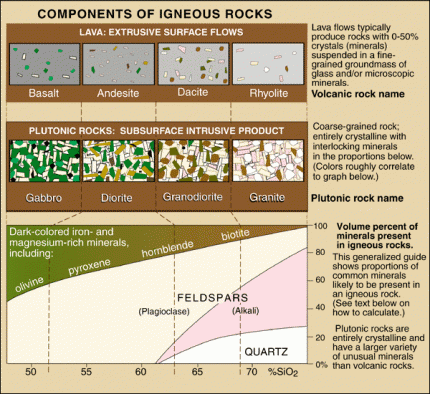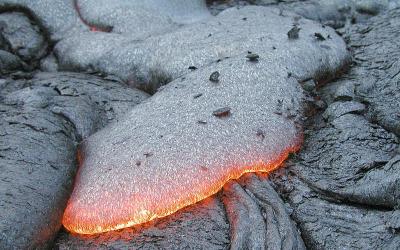Once I take a liking to something, I tend to hyperfocus on it, sometimes to the point of obsession. This applies to hobbies, movies, food, books, and especially geologic features.
Over the past seven years, I have found three geographic features that have consistently captured my interest, bring me excitement, and that I love to talk about. Those three are geysers, waterfalls, and natural arches.
Geysers are the first feature that drew my attention. Back in 2012, I visited Yellowstone for a week and fell into the midst of the Geyser Gazers. Geysers instantly entranced me for their variation, patterns, activity, and uniqueness. I have now studied geysers and their associated hydrothermal features since, and it's something I plan to do for a long time.
 |
| The author observing an eruption of Beehive Geyser, photo by Cris Gower. |
The second geologic feature that ensnared me was an indirect result of geysers. In 2014, a good friend of mine talked two other friends and me into a three-day backpacking trip into a remote section of Yellowstone National Park known as the Bechler Region to view and photograph three world-class waterfalls. The trip was a chaotic blend of awesome and misery, but I came out of it with a new fondness of water going up as well as water going down. I kicked off the Kitsap Waterfall Survey just four months later.
 |
| The author at "Tin Mine Falls", Kitsap County. Photo by Rocco Paperiello. |
The third geologic feature is the most recent, and one that took me somewhat by surprise. This last Fall (2019) after the end of my Yellowstone summer employment, I took a road trip through central Utah. I always wanted to go to Utah to view its amazing geologic landscapes and formations. Several people told me before the trip that it would become my favorite state, and that I might gain another feature that I was obsessed with, arches. I laughed them off at the time, but that all changed when I actually got there. Natural arches joined the list, and now I take great joy in hiking to and photographing arches whenever the opportunity presents itself.
 |
| Author at Sand Dune Arch in Arches National Park. Photo by Rocco Paperiello. |
There is an interesting consistency when it comes to my enjoyment of these features. In all three cases, whether it be a geyser, a waterfall, or an arch, I always enjoy smaller features rather than big ones. I'm not sure why this is, perhaps I feel I can take in more details of these features. Take geysers as an example. I enjoy a massive 200-foot eruption as much as the next person, but you're almost detached, staring in awe at this gargantuan thing, trying to wrap your head around it. With smaller geysers (sub 20 feet), you are often closer, and they erupt more often, which allows you to get more in-depth with their formation and behavior. This same general concept applies to waterfalls and arches as well. I always gravitate towards the smaller features because I can get right up and close to them.
"Wright Creek Falls" is one of my favorite waterfalls on the Kitsap Peninsula for this reason, as is Metate and Mano Arches in Grand Staircase-Escalante National Monument in Utah.
During this time that we're all jonesing for some good ol' outdoor exploration once it becomes sensible, think about some of your favorite geologic or geographic features and why that is. Then get out there and explore!









